4 American Cold War Tanks – Part 2
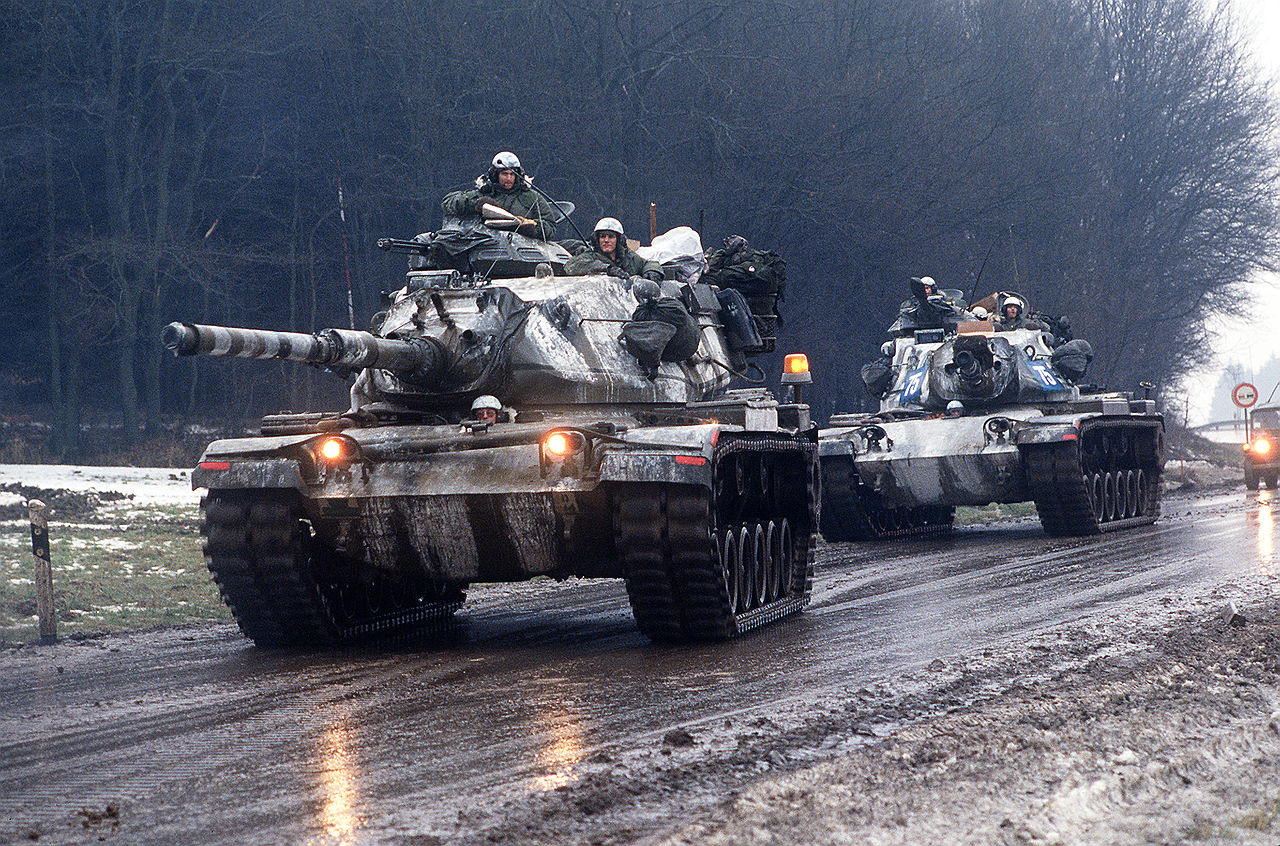
Part 1 explored the US tanks used in the early stages of the Cold War, during the immediate aftermath of the Second World War. Most of these vehicles were improved WWII designs, and weren’t exactly ideal for this new age of combat. Part 2 covers vehicles designed and built from the ground up in the post-WWII world to face the potential hoards of Soviet tanks the West were expecting.
This era saw the birth of the full blooded main battle tank (MBT) with the British Centurion and T-54; these were the next evolution of tanks, and seem more akin to vehicles of today than WWII. However the US had still yet to field an equal design until the M48 in 1953. This laid the ground works for future US tanks, where their lineage can be traced all the way to the M1 Abrams.
M48 Patton III
As M47 was only ever intended as a stopgap measure, work was already underway on its replacement – the M48.
For the first time since the M26 Pershing, despite being very loosely inspired by the previous Pershing/Patton tanks, the M48 was a completely next generation tank and can be considered the US’s first full MBT.
It featured a new boat-shaped hull, a large hemispherical casted turret, updated suspension, new wider tracks, and a centrally located driver. The M48 again used a similar 90 mm gun to the M47, but with an improved fire control system, increasing first hit probability.
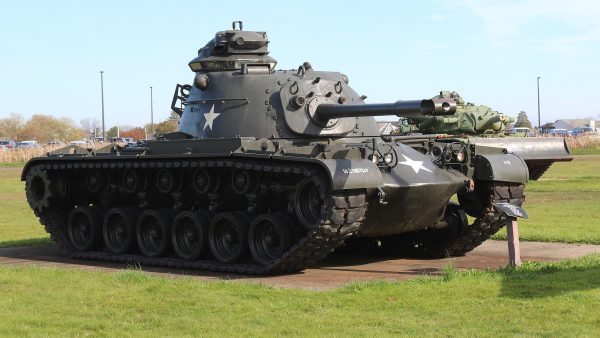
The M48 was a successful, adaptable design, that received many upgrades over its life time. Originally it used a similar petrol engine to the M47, but this would later be changed to a diesel engine, offering more torque and range.
The M48 had 110 mm of armor at the thickest on the ‘beak’ nose hull that was strongly angled to increase effective thickness, and 180 mm of armor on the front of the turret.
After the introduction of the M60 in the late 1950s, the older M48s received many upgrades to keep them competitive, including the M68 105 mm gun, a US license built version of the British L7 gun. This variant was the M48A5 and is considered the ultimate US M48 model.
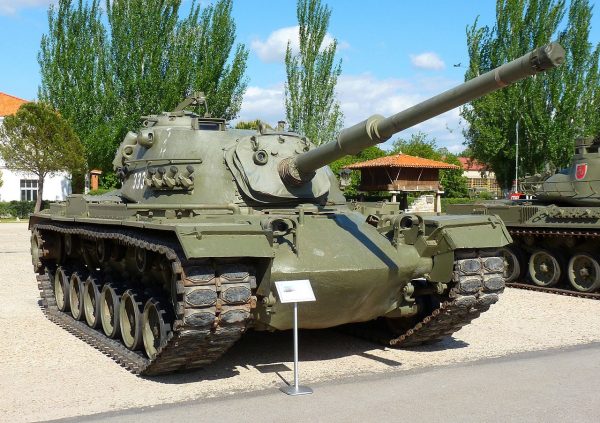
The wider T97E2 tracks used by the M48 also carried over to the M60, and only needed minimal changes for the M1 Abrams.
The M48 was widely used in Vietnam by the Americans, who kept using it through to actions in Somalia in the 1990s. It was also widely exported and has seen action in the 21st century, where it is still in use with some nations today.
M60
The M60 was essentially a significantly more advanced version of the M48. Its existence was spurred by an event in 1956, where a T-54A was driven by Hungarians onto the grounds of the British embassy in Budapest. After a quick British inspection, it was discovered it was frontally immune to the American 90 mm and British 20 pdr gun used by the M48 and Centurion respectively, and possessed a powerful 100 mm gun.
With this surprise, the British got to work designing the Royal Ordnance L7 105 mm for their Centurion; a legendary gun capable of defeating the T-54 and would become one of the most used tank guns of the Cold War period.
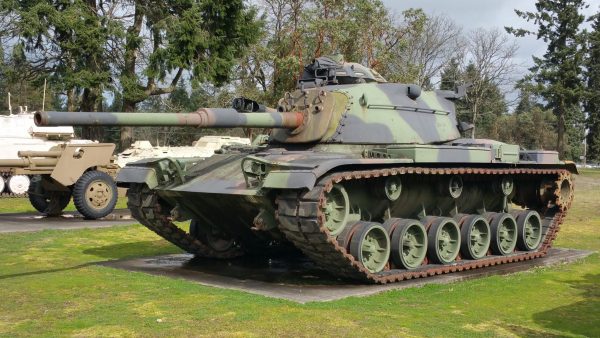
The US designed the XM60 in 1957 to carry this gun from the outset, and improve on the M48’s armor and systems. The L7 would be license built in the US as the M68.
It used the same boat-like hull as the M48, but this time with a more conventional frontal armor layout. The ‘beak’ was replaced with upper and lower glacis plates. The upper plate was 93 mm at 65°, which was equal to around 225 mm due to the angle.
The first versions came with the M48 style hemispherical turret with 180 mm of armor on the front, but these would be changed in 1963 with the M60A1, which introduced the distinct needle nose turret the tank is now most recognisable with. This turret had over 200 mm of armor on the nose, and 115 mm on the sides.
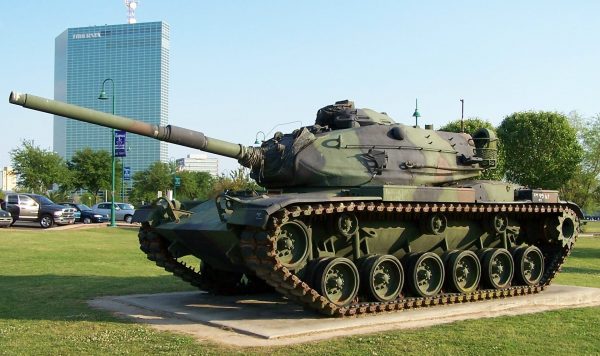
As with most successful tank designs, the M60 was highly adaptable, resulting in many variants as it was continuously improved. Unfortunately there are far too many to list here.
It became the leading American tank of the Cold War, where it stayed in US service for well over 3 decades until it was replaced by the M1 Abrams. Production continued until 1983 and many nations still field the M60 in large numbers.
M103
The M103 is a unique vehicle for being one of the last heavy tanks in service from any nation. It was perhaps the ultimate development of the WWII style heavy tank, a machine from a different time dragged into an era where it no longer belonged.
After seeing the IS-3 at the end of WWII, and later the IS-8/T-10, the Allies were sent into a frenzy that they would be unable to destroy these menacing looking vehicles. The Conqueror and M103 tanks were designed with the purpose of knocking out the heaviest armor they could meet in battle, fielding the M58 120 mm rifled gun (L1A1 in British service), one of the most powerful guns ever mounted to a tank.
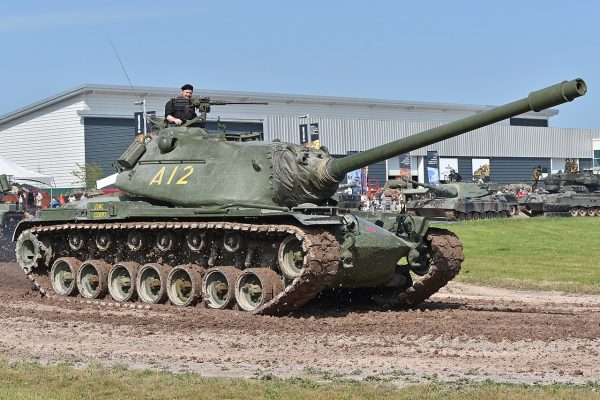
The Army laid out plans for a new heavy tank in 1950, known as the T43. It would incorporate some ideas and lessons learnt from the T29 programme, and would be capable of knocking out any Soviet tanks from extreme ranges. The first T43 was built in 1951, and officials said it could “out-slug any land-fighting machine ever built”, which was probably true.
It was a huge vehicle with a hull similar to the M48s, albeit greatly enlarged, and a enormous turret containing the commander, gunner and two loaders. Weighing 62 tons, the M103 had up to 130 mm of armor on its M48-like ‘beak’, and 250 mm over the gun mantlet. The sides of the turret were between 140 mm and 70 mm thick. For its size and role, the M103’s armor left a little to be desired, but this was necessary due to its size to accommodate the crew, ammunition and gun.
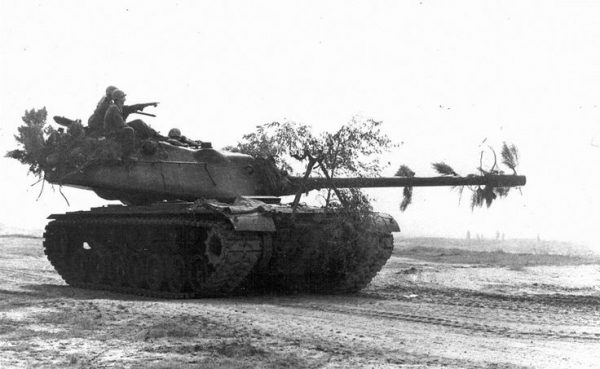
Unfortunately it was powered by the same 800 hp Continental AV-1790 V12 petrol engine as the M48, resulting in a slow top speed of just 21 mph on road. This would eventually be swapped with a Continental V12 diesel engine that slightly improved its performance.
300 T43s were built between 1953-1954, and were accepted into service in 1957 as the M103.
Even from its inception, the M103’s days were numbered as warfare had changed, and left little room for slow lumbering heavy tanks. Its devastating gun was never fired in combat, and the M103, along with the entire concept of the heavy tank, was withdrawn from service in 1974, when suitable numbers of M60 MBTs arrived.
M551 Sheridan
The M551 Sheridan was subjected to a protracted, controversial development, that saw the Army and Congress clash between requests and budgets.
It was designed to replace the heavy M41 Walker Bulldog, for which there were already two designs in the works to do so; the T71 and T92. However upon the discovery of the Soviet PT-76 amphibious light tank, the requirements were changed to feature amphibious abilities. As the T71 and T92 were too far in development to incorporate this change, a new design was needed, which would become the Sheridan.
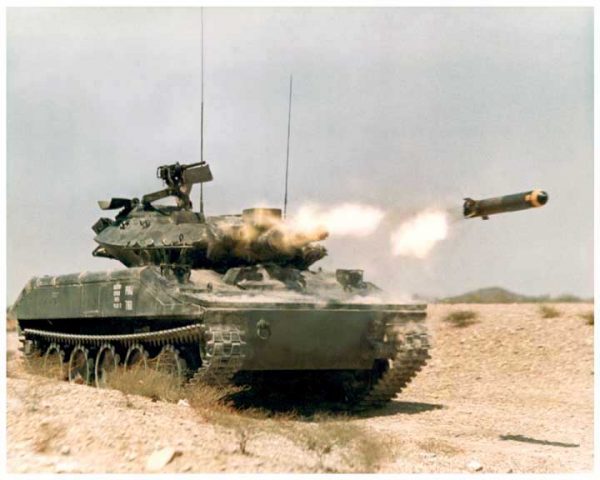
The tank needed to be amphibious, light enough to be dropped by parachute, offer ballistic protection to the crew, and mount a powerful gun capable of knocking out MBTs of the time. These conflicting requirements were a challenge to meet, and so some interesting design choices were made.
To keep weight down and buoyancy up, the Sheridan used an aluminium hull with a steel turret. It also used a screen similar to WWII DD tanks, that would raise up and allow the vehicle to swim in water. The driver’s visibility during this was almost zero, so he relied on instructions from the commander.
The aluminium hull meant it was very vulnerable, offering protection against a maximum of .50 calibre fire, and when they were hit, they tended to literally melt due to the aluminium.
To tackle modern tanks without a larger gun requiring a larger tank, the Sheridan used a short 152 mm M81E1 rifled gun. Because of the short barrel length, the only conventional ammunition fired was HE. For anti-tank work the Shillelagh missile was fired from the tube, and could penetrate 150 mm plate at a 60º angle from up to 3000 m away.
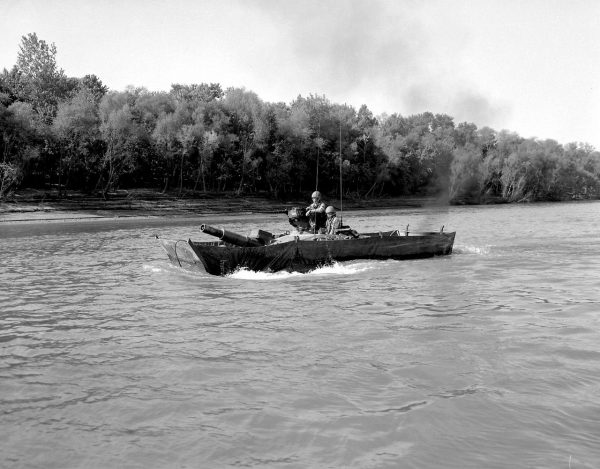
The tank was very light at only 15 tons, allowing it to be carried by the C-130 and even the CH-47 helicopter. Combined with a 300 hp turbocharged Detroit Diesel V6, the Sheridan had great mobility, with an on road top speed of 43 mph. It performed well even on poor terrain.
It entered service in 1968 and fought in Vietnam. It was noted that the vehicle was very vulnerable, but in an infantry support role was appreciated by troops for its devastating 152 mm gun.
Part 1: 4 American Cold War Tanks – Part 1
In action the concussive force of the main gun could damage the delicate electronics inside the tank, which were required to fire the Shillelagh missile. For this reason the missile’s systems were removed from vehicles headed to Vietnam. The vehicle was retired from frontline service by the late 1990s.
